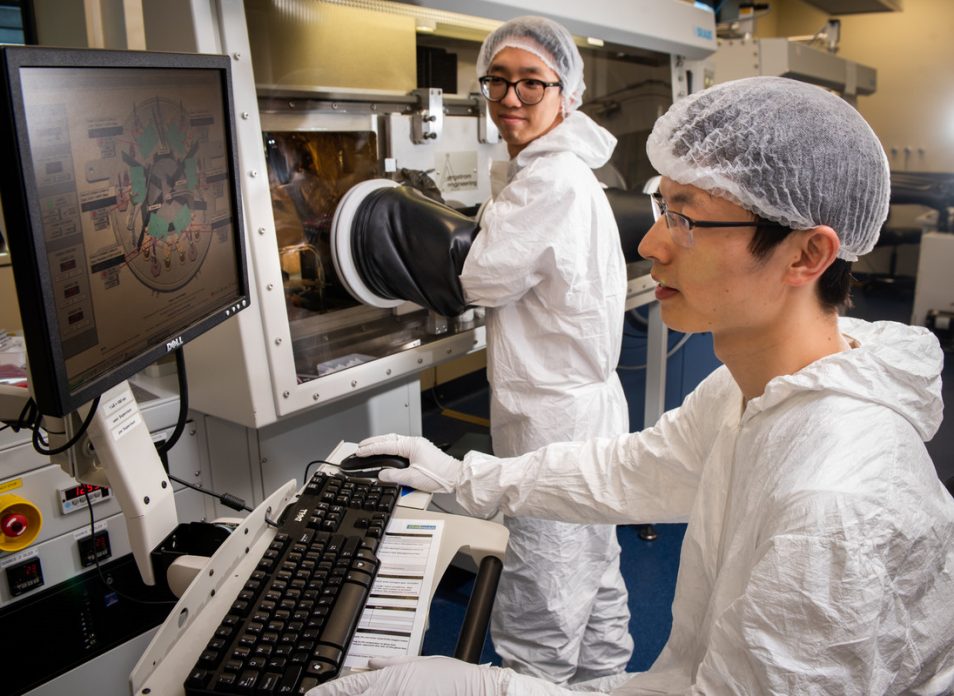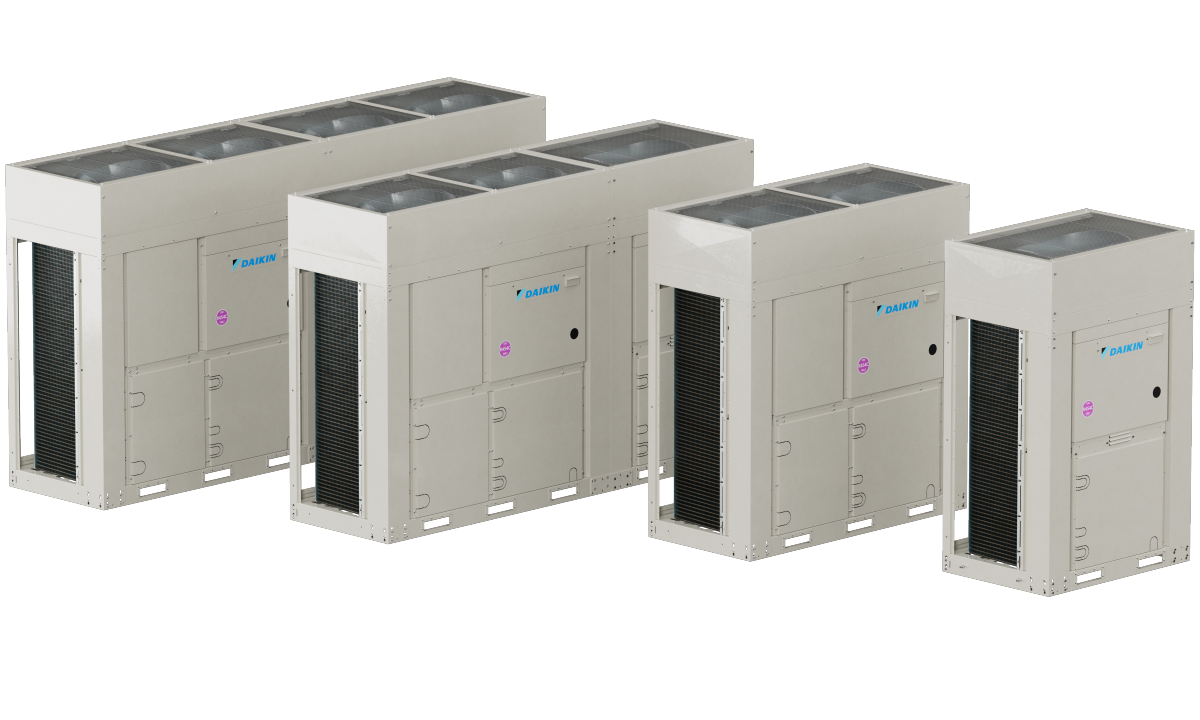While tandem PV cells are expected to underpin the next wave of performance improvements for solar PV, measuring their output remains challenging because of the way they respond to sunlight throughout the day. To address this, CSIRO and Lastek are developing a solar simulator that creates an extremely accurate match to the solar spectrum for more precise measurement.
“By adjusting the intensity of up to 40 LEDs, we can adjust the colour of the light source, allowing minute tweaks to mimic the full sun, dappled shade, cloud cover, and more,” said Chris Fell of the PV Performance Laboratory. “These light changes aren’t the only reason we need ‘spectral adjustability’ — it’s actually so we can target the individual junctions (those are the active layers) in the cell, which is important for fair measurement.”
The $1.61 million project will include a study of the measurement behaviour of tandem solar cells based on perovskite materials. The Australian Renewable Energy Agency (ARENA) is providing $732,000 to support Lastek’s project with CSIRO, the country’s national scientific research agency.
The new tandem PV cell measurement equipment is expected to support other recent Australian developments in this space. For instance, engineers from the Australian National University and researchers from the California Institute of Technology revealed a few months ago that they have developed a way to combine silicon PV materials with perovskites to eliminate an interlayer, which will help to achieve higher efficiencies and lower production costs.
The Lastek simulator will be used to create procedures that are aligned with new international standards for tandem cell measurement, and CSIRO will implement these procedures in its commercial and research services. If successfully commercialised, the new solar simulator will be an Australian technology with a worldwide market. It will also help to ensure the quality of imported tandem PV products.
Despite the high cost of tandem PV cells, a study by researchers at the Massachusetts Institute of Technology (MIT) last year suggested that they may become a viable option in the residential solar business, regardless of location. Momentum for perovskite tandems is clearly building, as researchers across the globe race to innovate and achieve higher efficiencies.
Scientists at the Energy Research Centre of the Netherlands (ECN), for example, have developed a bifacial tandem solar cell with a conversion efficiency of 30.2%. The researchers succeeded by applying a newly developed perovskite cell on top of an industrial bifacial crystalline silicon version.
Last year, U.K.-based Oxford PV achieved a 27.3% efficiency rate with its perovskite-silicon tandem cells, and revealed ambitions to achieve efficiencies of more than 30% within the near future. The company recently raised funds to bring its perovskite technology to market.
Belgian research institute Imec also recently achieved an impressive efficiency rate of 27.1% on a perovskite/silicon tandem cell, while ECN and Solliance, a European solar research organization, achieved a 26.3% efficiency rate on a transparent perovskite solar cell combined with a crystalline silicon solar cell.
This content is protected by copyright and may not be reused. If you want to cooperate with us and would like to reuse some of our content, please contact: editors@pv-magazine.com.




By submitting this form you agree to pv magazine using your data for the purposes of publishing your comment.
Your personal data will only be disclosed or otherwise transmitted to third parties for the purposes of spam filtering or if this is necessary for technical maintenance of the website. Any other transfer to third parties will not take place unless this is justified on the basis of applicable data protection regulations or if pv magazine is legally obliged to do so.
You may revoke this consent at any time with effect for the future, in which case your personal data will be deleted immediately. Otherwise, your data will be deleted if pv magazine has processed your request or the purpose of data storage is fulfilled.
Further information on data privacy can be found in our Data Protection Policy.